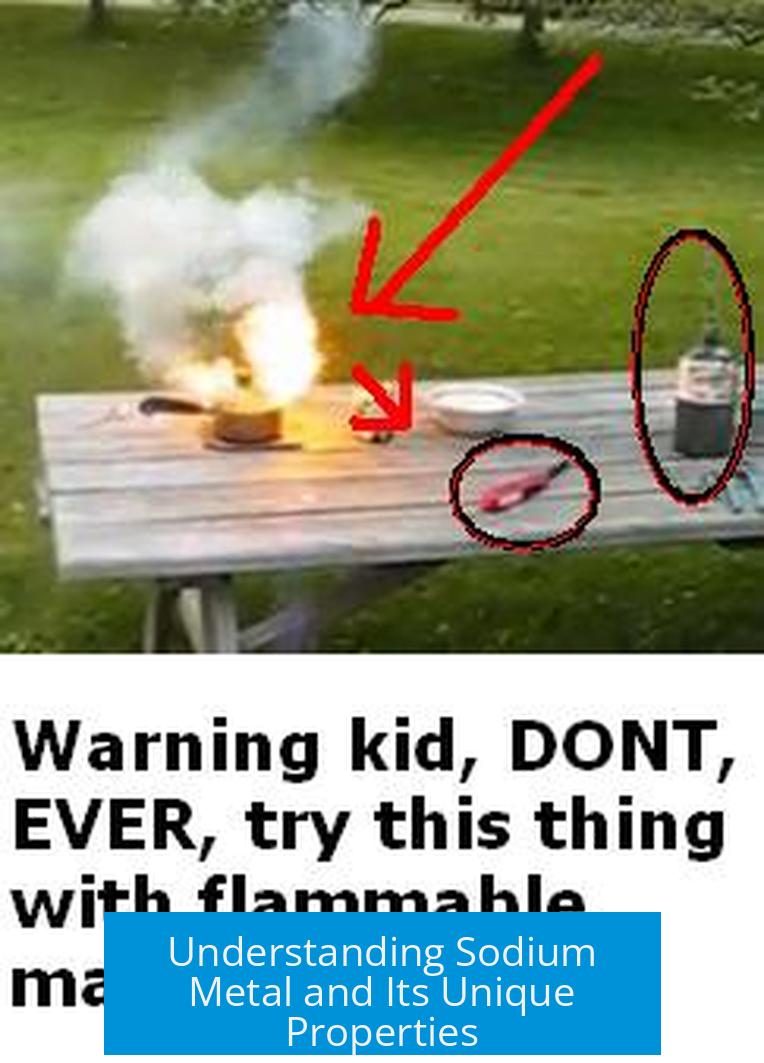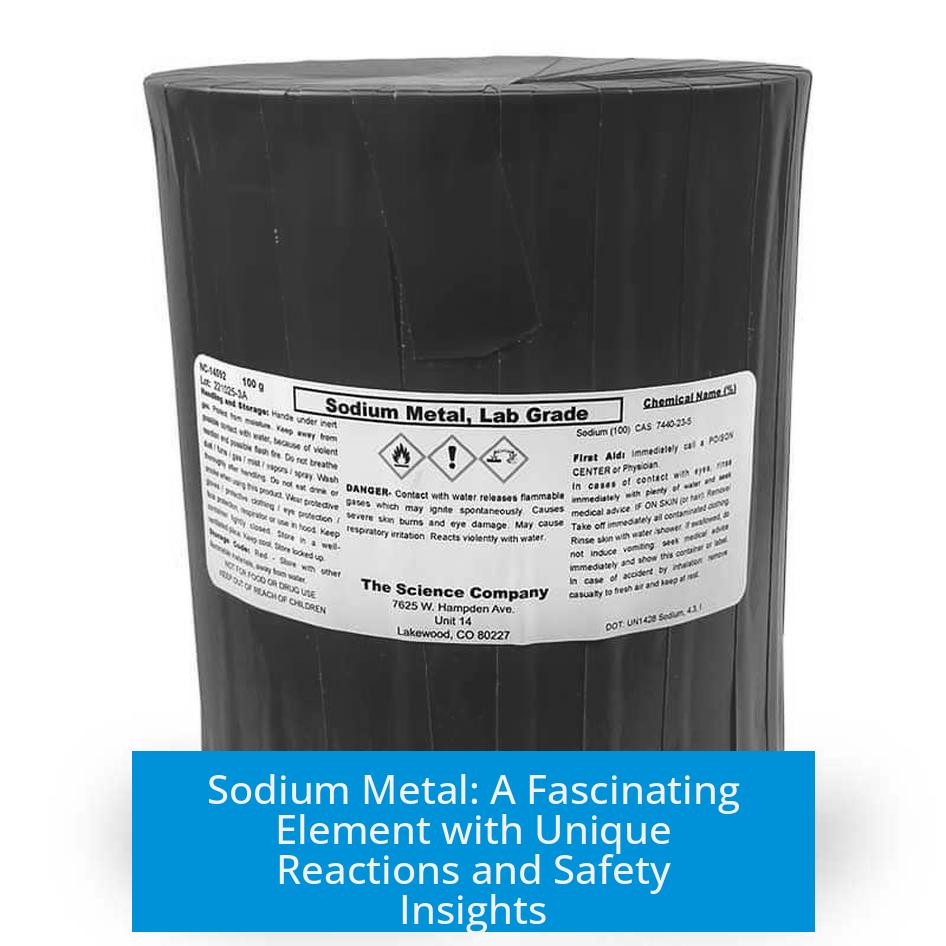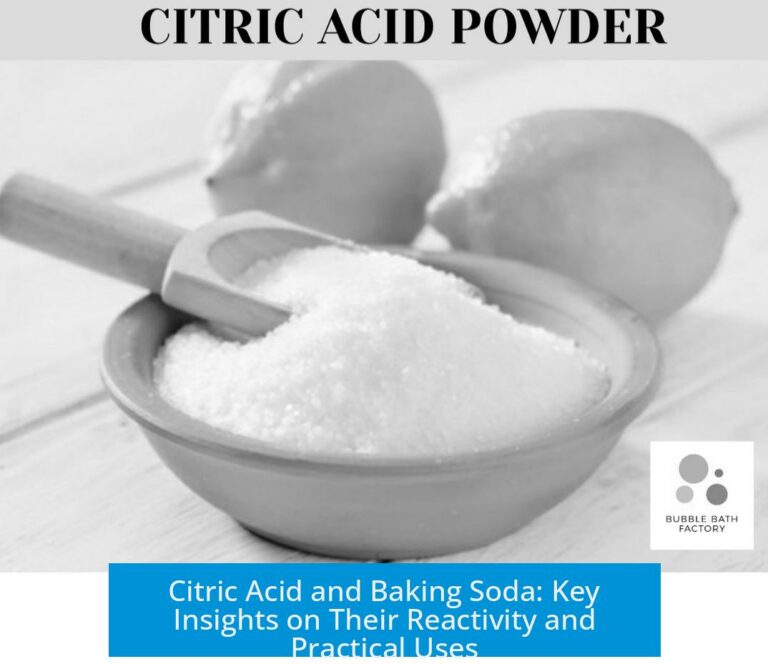Seen It 100 Times, Still Amazing: Sodium Metal
Sodium metal remains an intriguing and captivating element due to its intense chemical reactivity and vivid demonstrations. Its reaction with water produces spectacular effects, making it a staple in educational and experimental chemistry despite inherent dangers.
Understanding Sodium Metal and Its Unique Properties

Sodium belongs to the alkali metals group, known for high reactivity and single valence electrons. These qualities lead sodium to react vigorously with water and oxygen. On its own, sodium metal is dangerously reactive, stored under oil to prevent contact with moisture or air.
Alkali metals, including sodium, produce stable salts when reacted with other elements. Their chemical behavior underlines many industrial and laboratory applications. Sodium is distinctive for its softness, silvery-white color, and low melting point around 98°C.
Chemical Reaction of Sodium with Water: Visual and Physical Insights
When sodium contacts water, it undergoes an exothermic reaction releasing sodium hydroxide and hydrogen gas:
2 Na (s) + 2 H2O (l) → 2 NaOH (aq) + H2 (g) + energy
This process often causes ignition of the released hydrogen, producing flames and even mini-explosions. The reaction heat is sufficient to melt sodium, which darts across the water surface, creating dynamic motion and visual excitement.
The bright orange flame seen during this reaction corresponds to sodium’s characteristic emission spectrum. This amber color is identical to that used in many street lighting sodium vapor lamps, illuminating urban environments with a warm glow.
Experimental Observations and Hazards
- Sodium reacts rapidly, often self-igniting due to hydrogen combustion.
- Large sodium pieces or increased surface area accelerate reactions, causing explosions.
- The reaction produces flying molten sodium droplets and glass shards if performed in glass containers under careless conditions.
Such reactions are fascinating but pose risks. Incidents include severe burns, eye injury, and hearing damage caused by sudden explosions. Protective equipment, appropriate glassware, and fume hood use are mandatory precautions to prevent harm.
Safety Concerns and Handling Recommendations
Sodium metal demands respect for its extreme reactivity. Laboratory safety standards emphasize the following:
- Using small sodium samples under controlled conditions.
- Conducting reactions in closed fume hoods to contain gases and glass shards.
- Wearing protective clothing, goggles, and gloves.
- Avoiding contact between sodium and moisture or improper materials.
- Having proper fire-extinguishing materials and protocols for alkali metal fires (e.g., sand instead of water).
Past accidents in schools and research labs highlight negative outcomes from ignoring these safeguards. One case involved a violent explosion when a large sodium piece was dropped into water inside a glass bottle, causing multiple injuries and requiring emergency care. Another incident included sodium fires where firefighters had to stay overnight to monitor the situation.
Broader Context: Other Alkali Metals and Related Experiments
Sodium is part of a broader family including lithium, potassium, rubidium, cesium, and francium. All share vigorous reactions with water, each with varied flame colors and reaction intensities.
- Potassium gives more violet and lilac flames.
- Rubidium and cesium reactions are more violent and rarely demonstrated due to higher risks.
- Francium’s radioactivity limits practical experiments.
Experimentally, building electrolytic cells to produce metallic sodium from molten sodium chloride is common in industrial contexts. Researchers explore alternative reactions, such as controlled interaction of sodium metal with acids like hydrochloric or sulfuric acid, yielding different hydrogen-evolving outcomes.
Why Sodium’s Reaction Remains Enthralling
Despite its dangers, sodium’s reaction with water remains mesmerizing for students, educators, and chemists. Its fiery displays symbolize fundamental chemical energy transformations and the power of elemental interactions.
Enthusiasts often recount their first encounters with these reactions, noting the memorable visual spectacle. Many continue experimenting safely, recognizing the need for caution but appreciating the element’s unique chemistry.
Common Questions About Sodium Metal Reaction
- What is the solution after sodium reacts with water? It forms aqueous sodium hydroxide (NaOH), a strong base.
- What causes sodium’s movement on water? Reaction gases generate thrust and melting sodium forms spherical droplets that move due to surface tension.
- What precautions are necessary? Conduct experiments behind safety shields, wear protective gear, and avoid large sodium pieces.
- Can sodium be added to liquids other than water? Yes; for example, acids like HCl or sulfuric acid react differently, but water remains the most common.
Summary of Key Takeaways
- Sodium metal is highly reactive and dangerous if mishandled.
- The sodium-water reaction is strongly exothermic, producing hydrogen gas and sodium hydroxide.
- The reaction often results in flames with a characteristic amber color identical to street lamps.
- Strict safety protocols are mandatory to prevent injury and property damage.
- Similar reactions exist for other alkali metals with varying degrees of intensity.
- Despite risks, sodium’s reaction continues to captivate observers due to its vivid chemistry.
What causes the explosive reaction when sodium metal contacts water?
Sodium reacts vigorously with water, producing hydrogen gas and heat. Often, the hydrogen ignites, causing a sudden explosion and flames. This violent reaction results from the rapid release of energy and combustible hydrogen gas.
Why does sodium produce an amber flame color in reactions?
The yellow-orange flame from sodium is the same color seen in many street lights. When excited, sodium atoms emit light at specific wavelengths that appear amber to our eyes.
How dangerous is handling sodium metal without proper safety measures?
Sodium is highly reactive and can cause fires or explosions if mishandled. Protective clothing, proper ventilation, and safety protocols are crucial to avoid severe injury or accidents.
Can other alkali metals like potassium or cesium be used similarly to sodium?
Yes. Potassium and cesium react with water too but often more violently and with different flame colors. Each alkali metal offers unique visual and chemical effects but also carries safety risks.
What happens if sodium is dropped into a larger volume of water?
In larger water bodies, sodium still reacts rapidly, producing hydrogen and heat. The movement tends to be more linear than circular due to less confinement, but the explosive risk remains if ignition occurs.





Leave a Comment